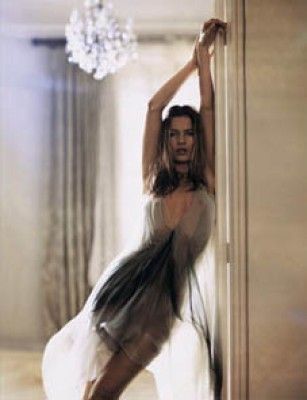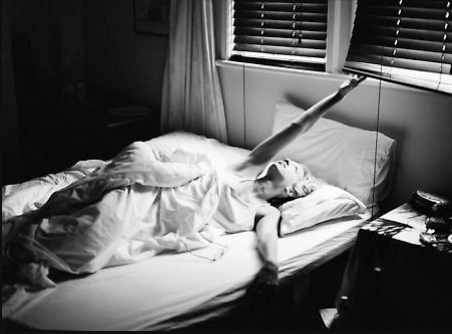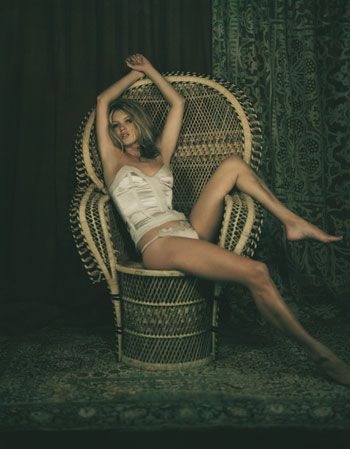There’s more to life than pretty pictures. It’s the story behind the pictures that’s intriguing. Supermodel Kate Moss is just one of the perfect creatures upon whom Mary McCartney has focused her lens. At the Goss Gallery in Dallas, we caught up with the McCartney in this exclusive interview while she shares and her thoughts on her famous family, La Moss, and the bonds she creates with her subjects.
She rarely grants interviews, so Mary McCartney, dressed in a rock-themed T-shirt, chic jeans and heels, and her hair in loose locks pushed off her shoulders, is almost an apparition. But not because the world doesn’t know of her vast talents. Her pedigree as the daughter of Beatles pop icon, Paul McCartney, is widely known. As is the fact that her famous sister, Stella McCartney, has designed her way into the hearts of actresses, socialites and the garden variety fashionistas across the globe. So, now, McCartney is ready to talk about her career, her own personal style and how the camera never lies.
Sometimes an acutely trained eye can sometimes be a lonely eye. Unless that trained eye belongs to Mary McCartney, whose photographic talents have translated into some of the most stunning fashion and cultural images of our time. She’s recently brought her photographic work, the aptly titled Playing Dress Up, to Kenny Goss’ gallery and it’s caused quite a stir. The sold-out show this summer, McCartney’s first in the U.S., included images from her far-reaching work in fashion, her collaboration with her designer sister, and her personal projects such as the ballet-themed Off Pointe series of photographs. And, of course, there are her especially enigmatic images of supermodel Kate Moss.
“I feel like I become somebody else when I do the pictures. I don't like doing pictures as myself. I like to be made into somebody different,” says Kate Moss, who may just be one of the most photographed faces of the late twentieth century to date. When McCartney first began taking photographs, she knew she had to harness the power of what happens with someone like Moss in front of the lens. “When I first started taking fashion photographs I just presumed models were just that…models. I thought, ‘You’re beautiful and you have your picture taken.’ The more I’ve worked with people, I realize what a really good model like Kate is,” attests McCartney. “Someone might be beautiful but they’re not always going to have a huge career like Kate. Not only is she beautiful, she can be sexy. She can be sweet. And, she can be impish.” McCartney has assuredly captured Moss at perhaps her most evocative. “You know, she’s really amazing. And she moves really well. You want to keep taking pictures of her because she’s so professional.” She continues by saying, “I know it sounds weird, but Kate can remember what position she was in. When you explain things, she can just move slightly differently and then it just makes the picture so much better.”



